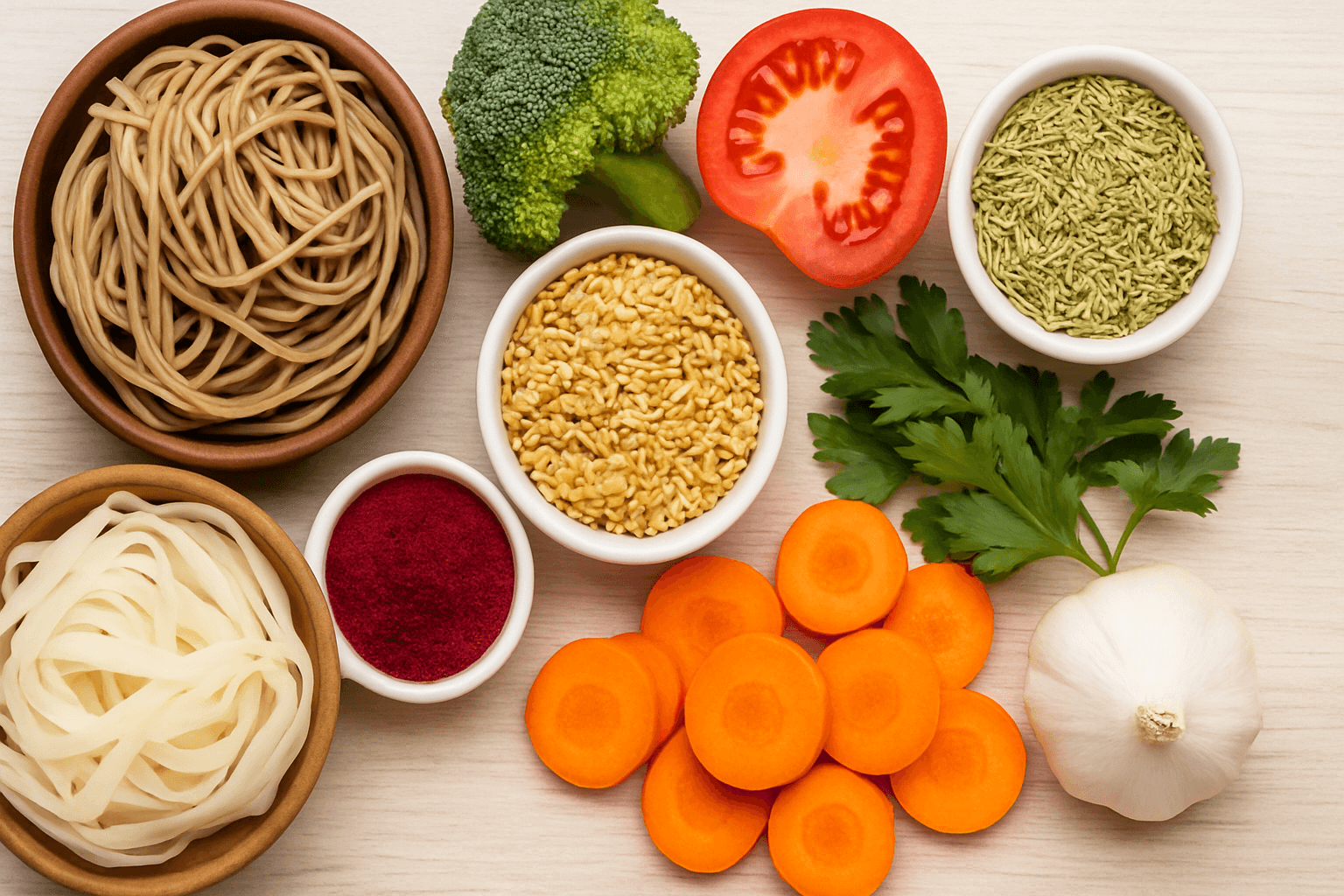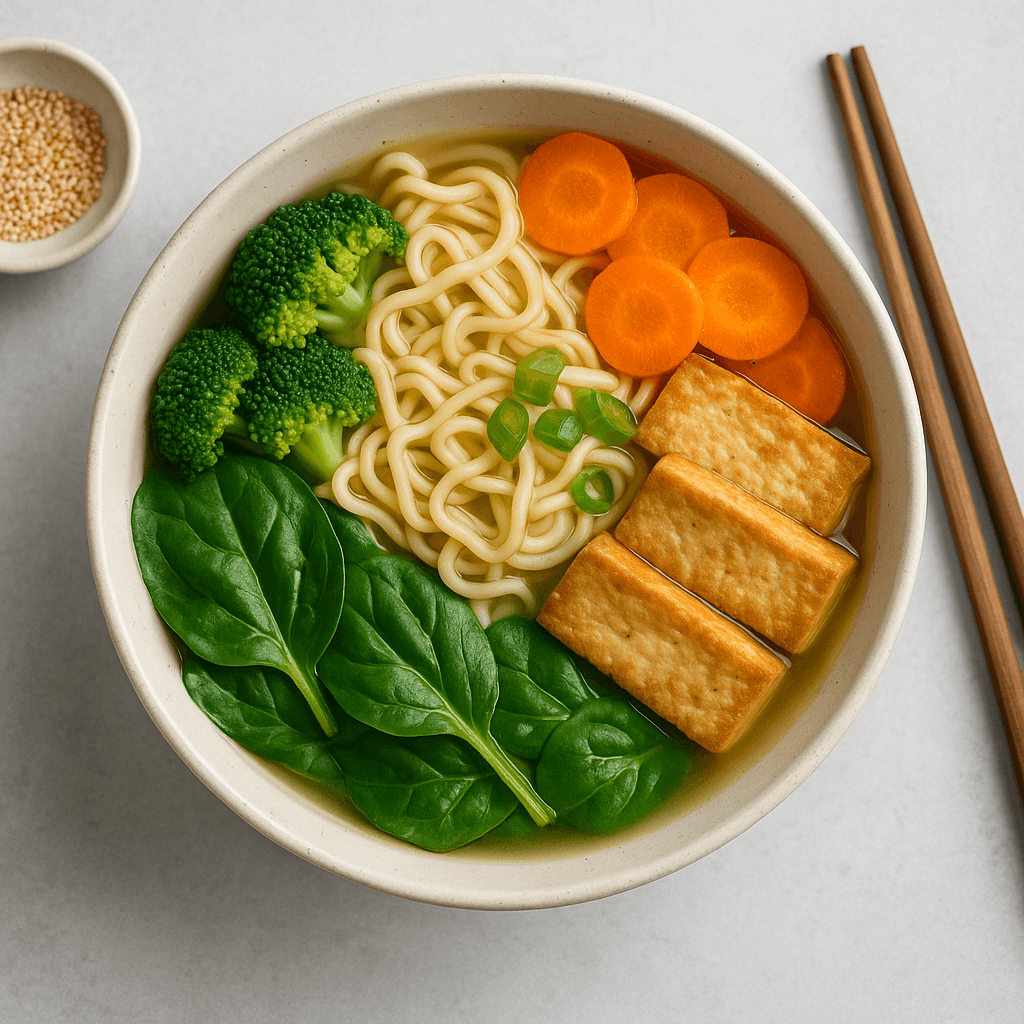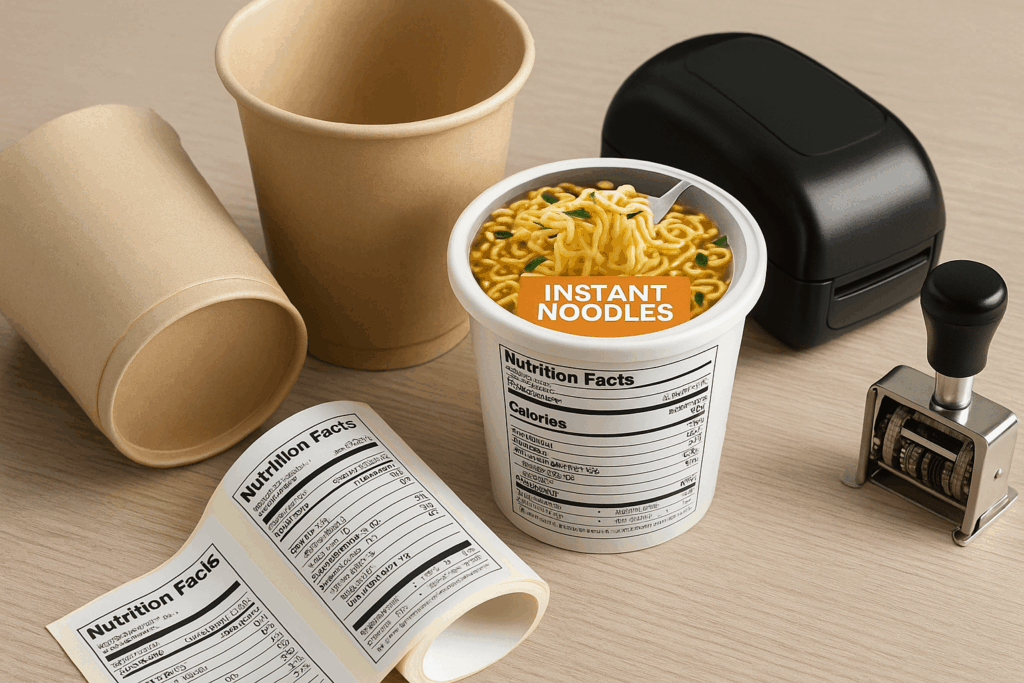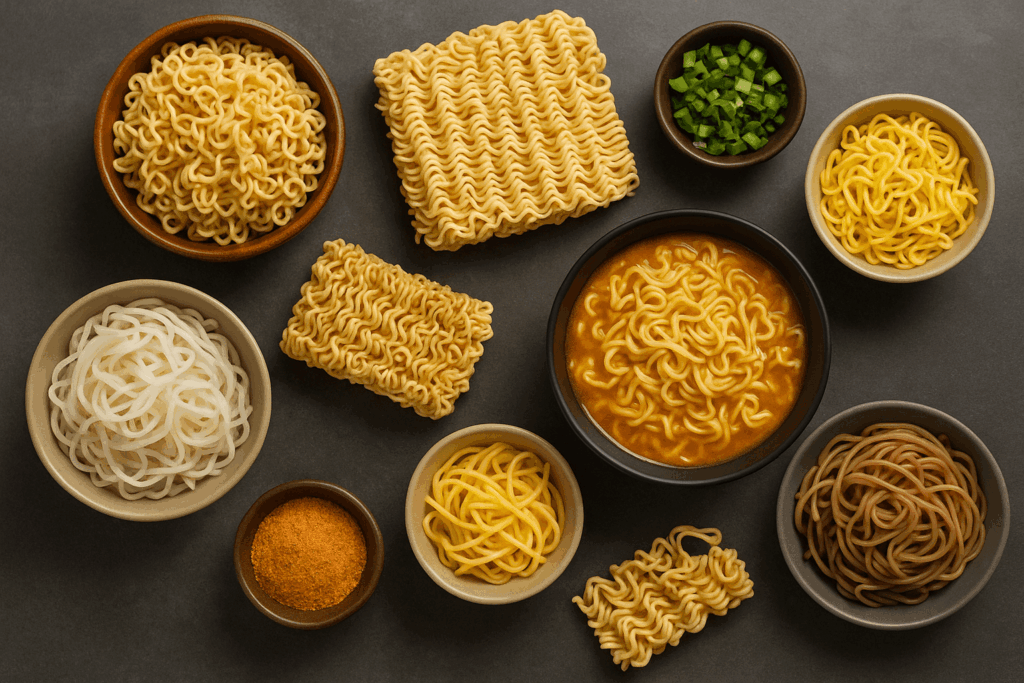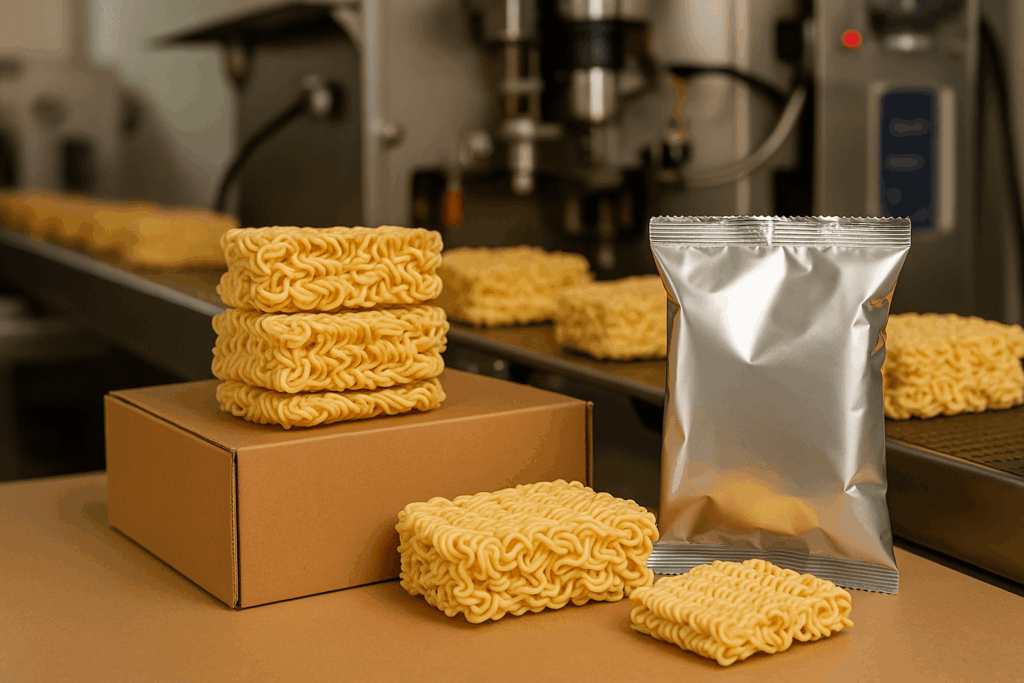“Clean label” is more than a buzzword — it’s a growing consumer standard.
As buyers become more ingredient-conscious, brands that can deliver simple, natural, and transparent food products gain an edge in the retail space.
But what really defines a clean label instant meal? And how can private label brands meet this expectation without compromising flavor, texture, or shelf life?
At Kimdee, we help brands create export-ready OEM noodle and meal products that satisfy clean label demands — with real ingredients and global compliance.
✅ 1. What Does “Clean Label” Really Mean?
Clean label isn’t a regulated term — but it’s widely understood to include:
Recognizable, natural ingredients
No artificial preservatives or colors
Minimal processing
Transparent, honest labeling
Shorter, simpler ingredient lists
🔍 A 2024 Innova study found that 68% of global consumers check labels for “additives to avoid.”
✅ 2. What Ingredients Typically Disqualify a Product?
To be perceived as clean label, most brands avoid:
Monosodium glutamate (MSG)
Artificial flavorings or colorants
Preservatives like sodium benzoate or BHA
High-fructose corn syrup
Chemical thickeners like carrageenan
At Kimdee, we use natural alternatives like mushroom extract, seaweed, lemon oil, and clean stabilizers.
✅ 3. Common Clean Label Substitutes in Instant Foods
| Function | Clean Label Ingredient |
|---|---|
| Flavor enhancer | Miso, yeast extract, mushroom powder |
| Color | Paprika extract, beet powder |
| Preservative | Vinegar, rosemary extract |
| Binder / texture | Tapioca starch, oat flour |
These options keep your product market-friendly and export-compliant.
✅ 4. What Buyers Expect on Packaging
Retail buyers and health-focused consumers look for:
“No Artificial Ingredients” / “No Preservatives” badges
Ingredient lists with fewer than 12 items
Highlighted use of real vegetables, herbs, or grains
Nutritional info that reflects a whole-food profile
Our team helps design clean label packaging with compliant regional claims.
✅ 5. Examples of Clean Label Instant Noodle Formats
We’ve developed private label products like:
Air-dried vegan noodles with kombu miso broth
Whole grain pouches with Thai herb spice blends
Low-sodium ramen with natural vegetable broth
Gluten-free rice noodles with turmeric & mushroom seasoning
Clean doesn’t have to mean boring — it means intentional.
📩 Want to launch your clean label food line?
Contact us: carlng@kimdeefoods.com
❓ FAQ
Q1: Is clean label the same as organic?
A: No. Organic is certified; clean label is consumer-perceived. You can have clean label products without organic certification.
Q2: Can instant noodles be clean label?
A: Yes, with the right formulation. We avoid fried noodles and artificial seasonings.
Q3: Are clean label products shelf-stable?
A: Yes. We use natural drying, pH control, and airtight packaging to ensure shelf stability.


